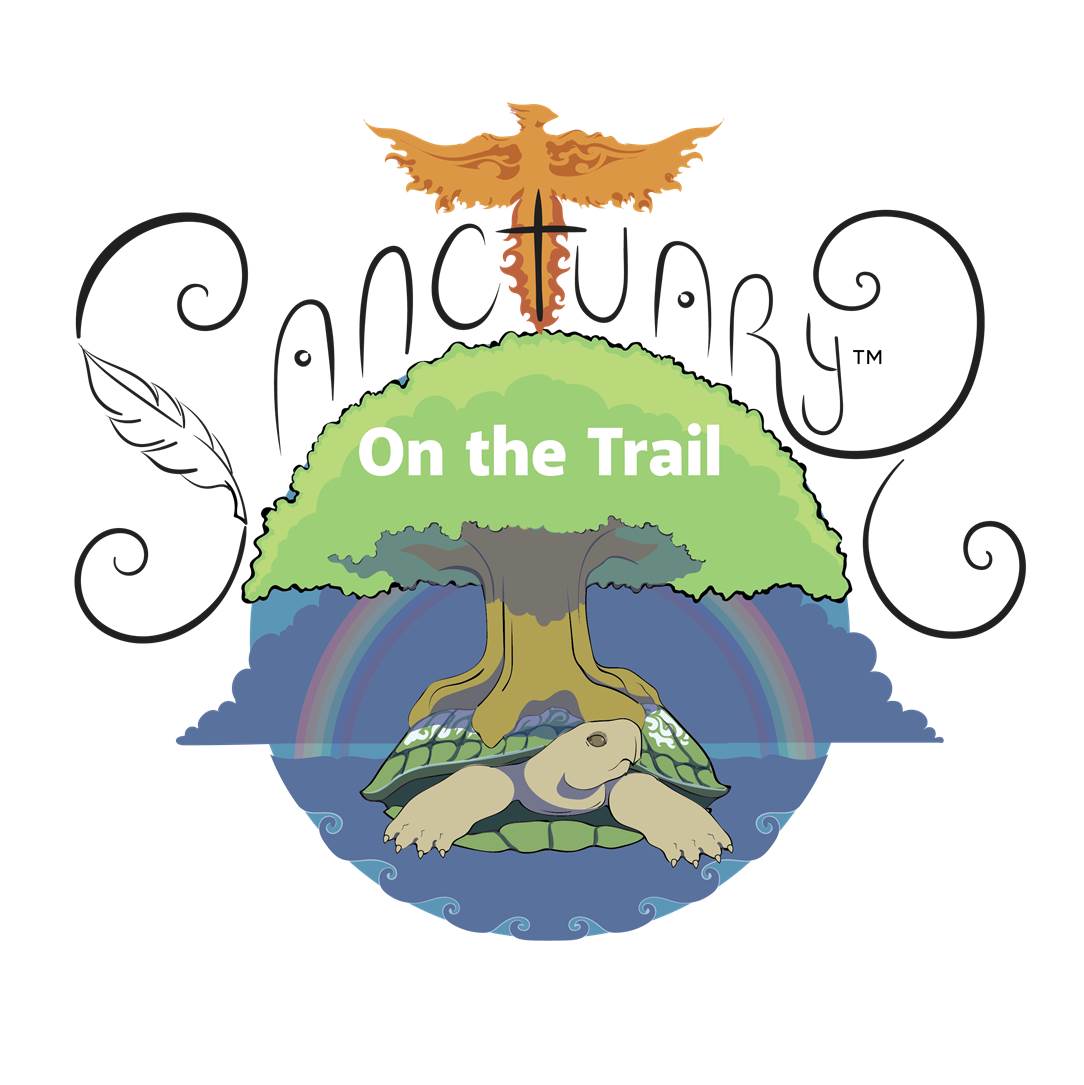.. Analyzing Tommy Orange's There ThereOrange is using John Rollin Ridge as an example of the first Indian author whose work actually contradicted colonial conquest.
Contemporary Viewpoint on John Rollin Ridge from John Carlos Rowe's BookWork Cited Rowe, John Carlos. “Highway Robbery: ‘Indian Removal,’ the Mexican-American War, and American Identity in ‘The Life and Adventures of Joaquín Murieta.’” NOVEL: A Forum on Fiction, vol. 31, no. 2, 1998, pp. 149–73. JSTOR, https://doi.org/10.2307/1346196. Accessed 30 Nov. 2022. Book cover from Amazon.com. .. Analyzing Tommy Orange's There There
Work Cited Ebay American Indian Movement in Solidarity Patch Hook & Iron-On .. Analyzing Tommy Orange's There There Orange is bringing attention to the fact that the U.S. government leadership has not officially admitted to the atrocities against Native Americans that began more than 500 years ago. The world is watching! See articles below from China and about Hitler.
Hitler Studied U.S. Treatment of Indians
Work Cited The American Genocide of the Indians—Historical Facts and Real Evidence https://www.fmprc.gov.cn/mfa_eng/wjdt_665385/2649_665393/202203/t20220302_10647120.html https://indiancountrytoday.com/archive/hitler-studied-us-treatment-of-indians https://slate.com/news-and-politics/2017/03/nazi-germanys-american-dream-hitler-modeled-his-concept-of-racial-struggle-and-global-campaign-after-americas-conquest-of-native-americans.html https://www.forbes.com/sites/nicolefisher/2020/11/29/7-native-american-inventions-that-revolutionized-medicine-and-public-health/?sh=61ff38001e73 .. Analyzing Tommy Orange's There ThereToday, Indian Centers like these are located across the United States. These urban Indian Centers survived the U.S. led Indian Termination Era (1950s - 1960s) and Urban Indian Relocation policies.
Work Cited https://www.ifhurbanrez.org/ https://www.baltimoreamericanindiancenter.org/ ... Analyzing Tommy Orange's There ThereAs Orange shares in There There, "We made powwows because we needed a place to be together." Powwows are intertribal events, ceremonies, part of the sacred. Some have competitive activities including traditional dancing, drumming and singing. Orange said, "We keep powwowing because there aren’t very many places where we get to all be together, where we get to see and hear each other." More about powwows in excerpts from the journal article below. "We Don't Want Your Rations, We Want This Dance"The Changing Use of Song and Dane on the Southern Plains By Clyde Ellis Work Cited Orange, Tommy. "Prologue." There There. Alfred A. Knopf, 2018. 134-135. Powwow Diversified: Performance and Nationhood in Native North America, 21-23 February 2003, British Museum Author(s): Carlos David Londoño Sulkin Source: Anthropology Today, Vol. 19, No. 3 (Jun., 2003), p. 27 Published by: Royal Anthropological Institute of Great Britain and Ireland Stable URL: https://www.jstor.org/stable/3695293 Accessed: 28-11-2022 22:56 UTC "We Don't Want Your Rations, We Want This Dance": The Changing Use of Song and Dance on the Southern Plains Author(s): Clyde Ellis Source: Western Historical Quarterly , Summer, 1999, Vol. 30, No. 2 (Summer, 1999), pp. 133-154 Published by: Oxford University Press Stable URL: https://www.jstor.org/stable/970489 The Bay Area has since become one of the largest populations of Intertribal Indians in the country with people coming from communities in the Southwest, Great Plains, and Eastern Woodlands areas.
Work Cited https://bayareaequityatlas.org/about/indigenous-populations-in-the-bay-area https://www.visitoakland.com/things-to-do/neighborhoods/fruitvale/ ... Analyzing Tommy Orange's There ThereBefore California was a state, the Missions were part of the Cathodic Church's scheme to assimilate Indians to Christianity. The Catholic Church used Indians as slaves to actually build the Missions. Many American Indians who trace their ancestry back to what is now California, carry the generational trauma caused from building those Missions.
Work Cited Miranda, Deborah A. (2013) Bad Indians: A Tribal Memoir. Heyday, pp. 150-208. https://www.missionscalifornia.com/missions/san-francisco-de-asis/ Deborah Miranda - "Toppling Mission Monuments and Mythologies: A Conference" video https://www.youtube.com/watch?v=AxeXO0BlgYQ Journey To California
Work Citied https://storymaps.arcgis.com/stories/bb1de4156c9146bd88996cacdbf3deca ... Analyzing Tommy Orange's There ThereOrange's elder characters come from the 1950s - 1960s Indian Termination Era, which included Urban Relocation. The younger cast of characters were born in urban cities as a result of the relocation of their ancestors. Orange is making a point that Urban Indians are Indians too.
Work Cited Wilkins, David. American Indian Politics and the American Political System 4th Edition 2018 Rowman & Littlefield pp. 157-158 and (chart) p. 150-151. ... Analyzing Tommy Orange's There ThereHistorically, Native American Indians have served in the U.S. military at higher rates than any groups of people in the United States. In the early 1900s, when assimilation was far from being achieved, U.S. Congress passed the Snyder Act of 1924 granting citizenship to all Native Americans. Surprisingly, few people realize until the 1920s Native Americans did not have U.S. citizenship, many refused citizenship, and most did not have voting rights until the 1970s - yet they still served. A hidden objective behind granting citizenship was for the U.S. government to enforce Native Americans to serve to protect the United States in military service as a duty of citizenship.
Empowering the World War I Native American Veteran: Postwar Civil RightsHere is an interesting 1993 journal article about Empowering the WWI Native American Veteran: Postwar Civil Rights (1950s-1960s).
 Nov. 11, 2022 (L-R) SSgt. Kara Stockwell, Lt Col Rene' Locklear White, Adm. Mike Holmes, Sgt. Carla Locklear. 4 generations of Lumbee Cousins through their Aunt/Grandmother Pearlie Bell The National Native American Veterans Memorial opened on November 11, 2020, on the grounds of the National Museum of the American Indian in Washington, DC. The ceremony started with a procession of over 1,500 Native veterans. The memorial was dedicated in a ceremony on the National Mall on November 11, 2022. (Photo courtesy of the family) Work Cited https://www.jstor.org/stable/1409252 https://www.loc.gov/item/94508991/ https://www.barracks.marines.mil/history/marine-corps-war-memorial/ |
Discussions, Journals, Articles and ReportsThis page plants truths to help root out and kill outright lies, and lies of omission, taught about American Indians, Alaska Natives and Native Hawaiians. Categories
All
|
|
Special Thanks
Best Friend Forever Angie Ford Advisor, American Indian Literature Dr. Zachary Laminack, Ph.D. UNCP, Assistant Professor of English Dept. of English, Theatre, and World Languages Advisor, American Indian Studies Dr. Jane Melinda Haladay, Ph.D. UNCP, Professor Dept. of American Indian Studies Dept. Chair, American Indian Studies Dr. Mary Ann Jacobs, (Lumbee), Ph.D. UNCP, Dept. Chair and Professor, American Indian Studies |
Produced by
University of North Carolina at Pembroke Students as an American Indian Studies Student Project by Best Friends Rene' Locklear White (Lumbee) and Angie Ford This Website Contains Mature Subject Matter that Every American and the World Should Know Updated 2025 |
|
Web Hosting by iPage Sanctuary on the Trail™ P.O. Box 123 Bluemont VA 20135 www.SanctuaryontheTrail.org
Hosted by Rene Locklear White www.HarvestGathering.org www.NativeFoodTrail.org www.NewTribeRising.org |






















 RSS Feed
RSS Feed

